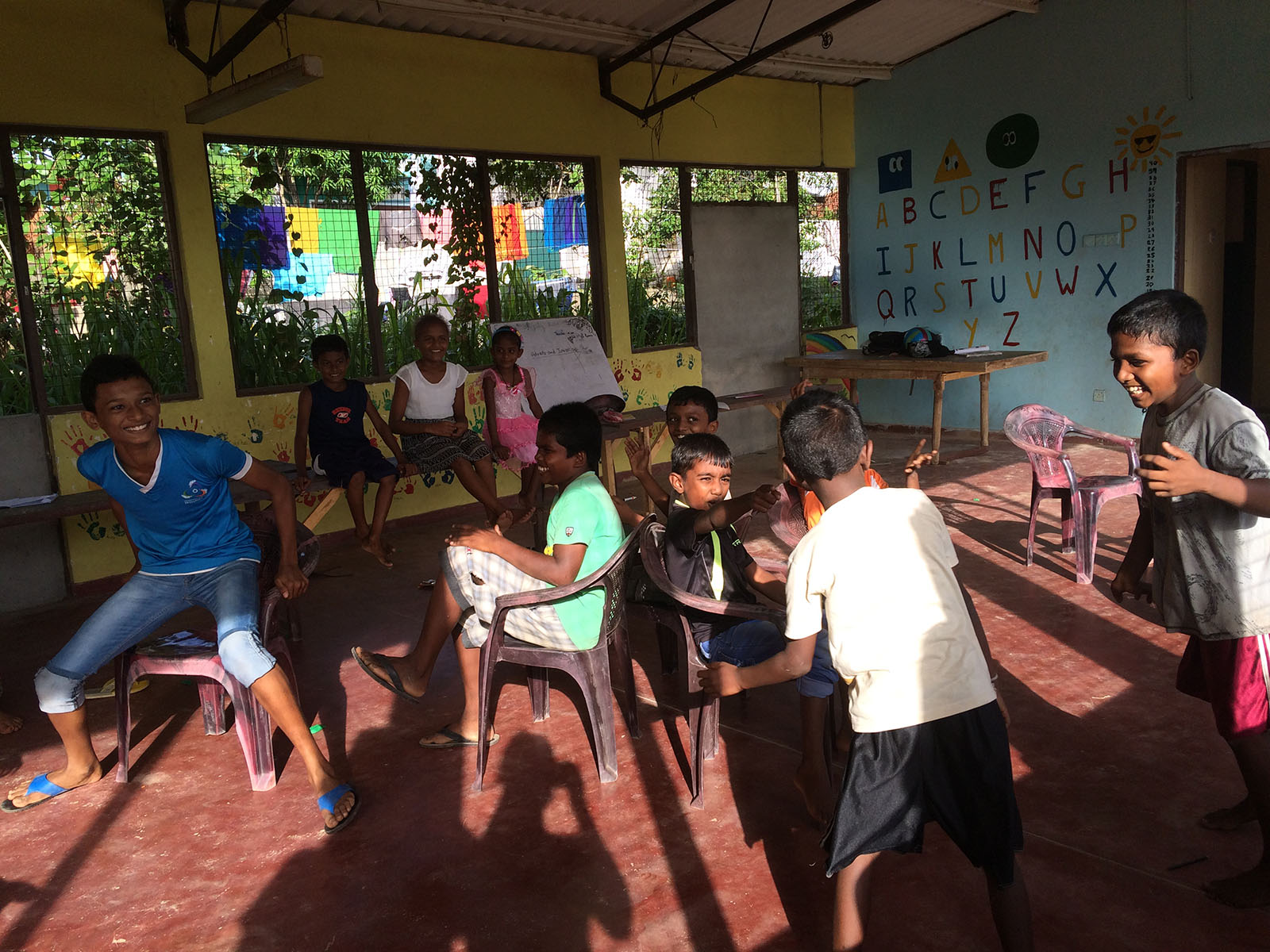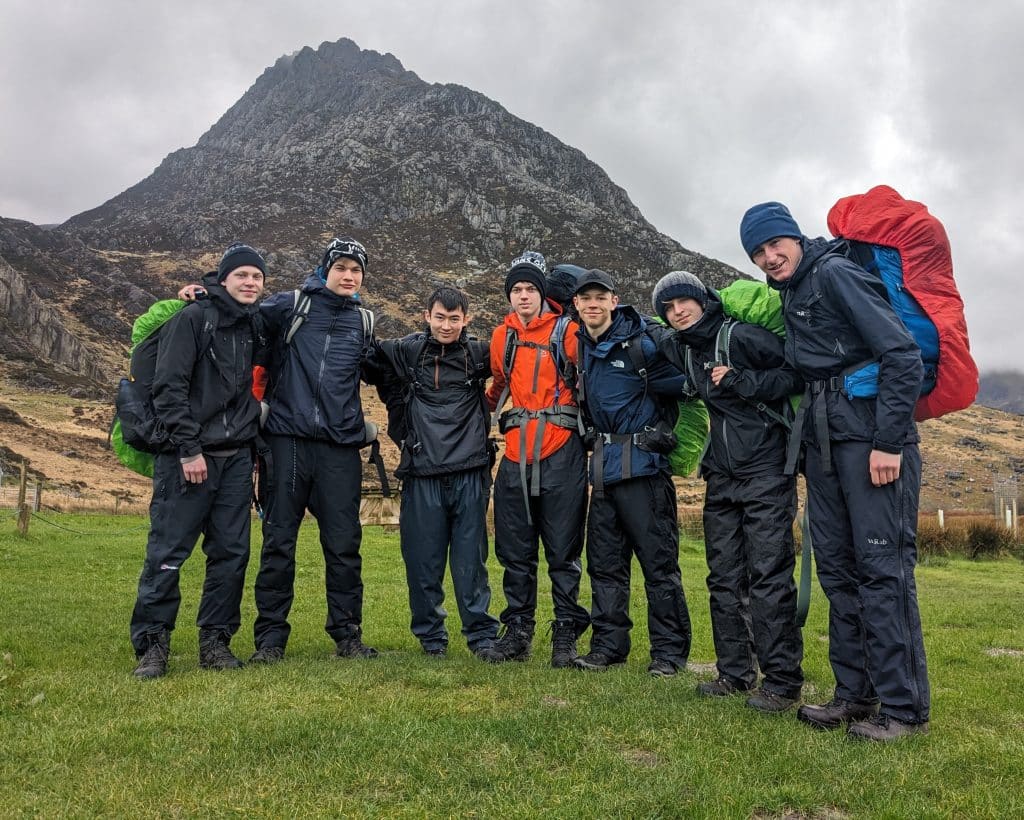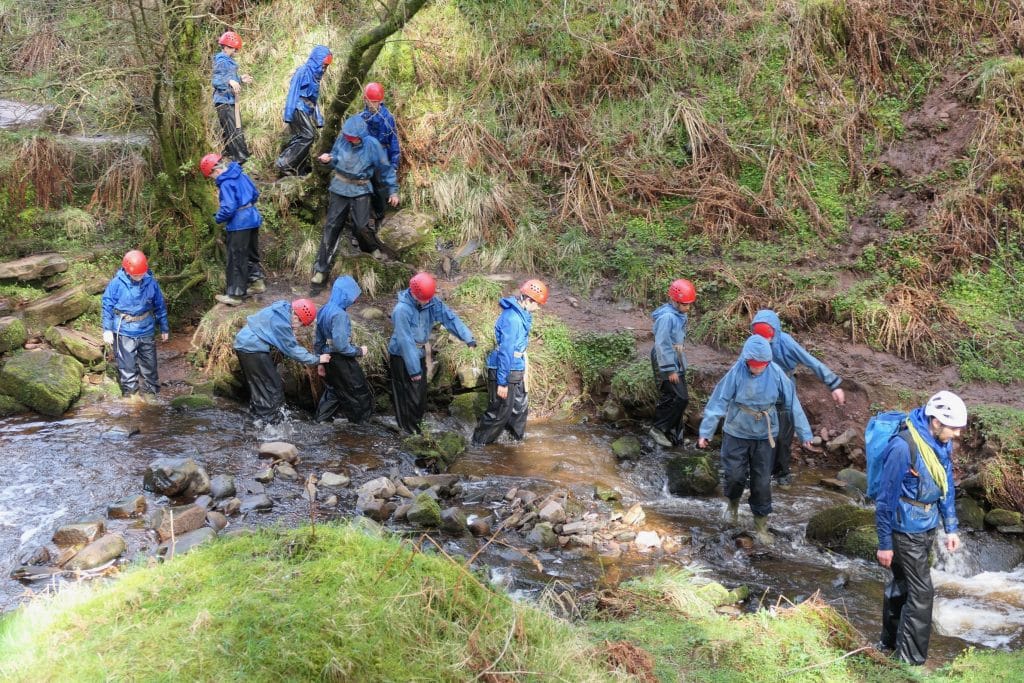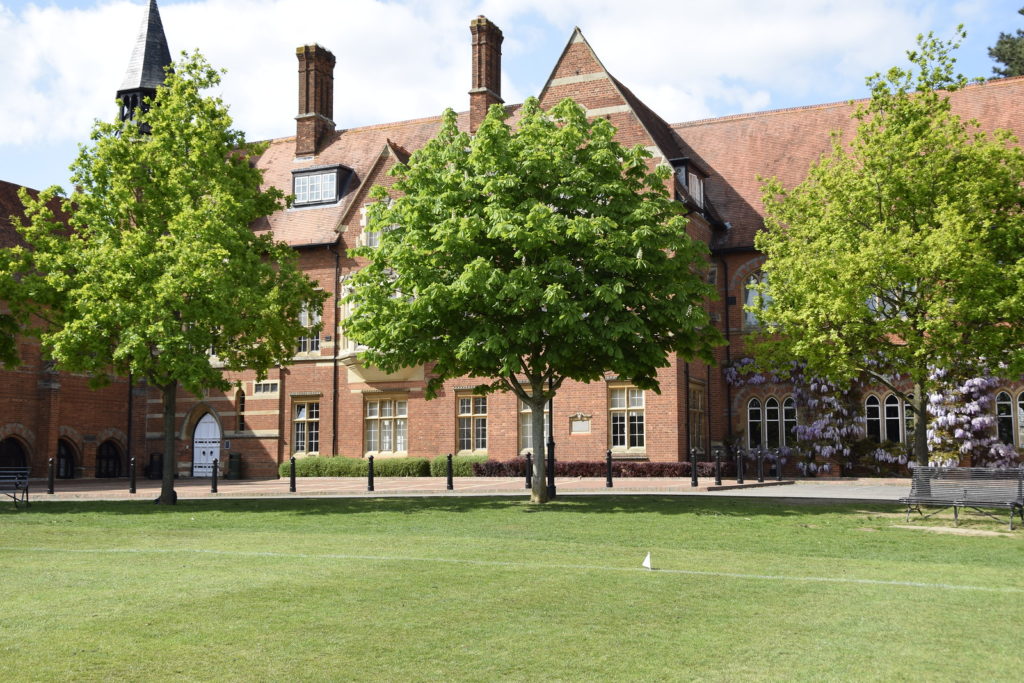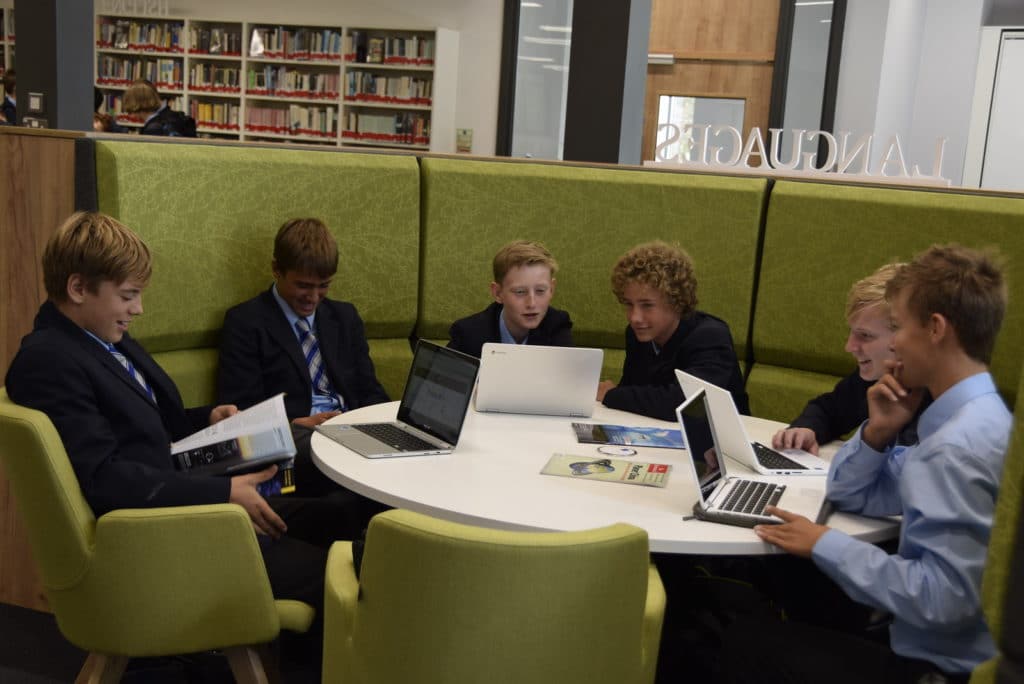Travel report by John Hobby
In July 2016 I travelled to Sri Lanka for two weeks to teach English to young children displaced by the 2004 Tsunami. Sri Lanka is a nation often neglected when talking about the tsunami despite upwards of 35 000 dead or reported missing in the aftermath of the disaster. The impact of this terrible event on the nation was magnified by the bloody Civil War being fought at the time between the government and Tamil separatists that lasted until 2009. As a result evidence of the disaster is all too evident almost 12 years later.
The company I travelled with have set up 3 after-school clubs in government Tsunami Villages near Ambalangoda in order to teach the children who had everything taken away from them a chance to learn English, as they only receive very basic lessons at school. I taught the intermediate class of 8 children with another volunteer, and getting to know them over my two short weeks was an incredibly rewarding experience. As their English was already of a reasonable standard we tried to focus on honing their grammar and sentence building with games and activities. What surprised me the most was their willingness to learn compared to British kids, especially considering this was a non-compulsory class. During my second week in Sri Lanka I got the chance to teach Buddhist monks at the local temple in Ambalangoda. As the monk I taught was aged a little older at 15, it was a great opportunity to speak to him and learn about his religion and the story behind it. Towards the end of the week, the group of us that taught at the temple school were also invited to the head monk’s birthday celebration, which was an incredible experience with traditional music and dancing. Although the ceremony was in Sinhala, one of the older monks sat with us and explained what was happening making this another informative experience.
During the day we spent around an hour at home planning our lesson for the next day, but other than that we were free to explore the surrounding area as we pleased, provided we were back in time for our project. During my free time at the house I saw just a glimpse of what the area had to offer, I spent one morning at Ambalangoda turtle sanctuary, visited a fully functioning Moonstone Mine and jewellers as well as visiting numerous exquisite temples, one of which housed the largest reclining Buddha statue in South Asia. I also got to sample some of the most incredible curries and seafood I have ever tasted, as well as some more questionable local delicacies that were no less memorable. During the time I spent at the hostel I got to know the other volunteers incredibly well (perhaps a little too well at times, with 20 people sharing 2 bathrooms) and made some friends I hope to keep in touch with for the rest of my life.
At weekends we were free to travel away from Ambalangoda to see the island’s wide variety of cultural heritage. I spend my first weekend in Kandy with a few of the other volunteers, a region known for its rich history stretching back almost 2000 years. After projects on Friday we took the 5 hour train from Ambalangoda to Kandy and walked straight to our hotel for a nights rest. Early the next morning we headed to the ancient city of Sigiriya a few hours North of Kandy. The ruins of the city are dominated by Lion Rock, a single column of rock rising 200 metres above the canopy below. Almost two thousand steps later we reached King Kaspaya’s 5th century fortress, greeted by a view like nothing I had ever seen; a 360 degree view of flat jungle interrupted only by distant mountains rising through the mist. On our way back to Kandy we stopped off at one of Sri Lanka’s famed tea plantations, then headed back to the hotel for our final night. We spent our final day in Kandy itself, taking time in the morning to visit the city’s bazaars as well as Temple of the Tooth later in the day. Having not been told to cover my knees, I was ‘asked’ to wear a bright green sarong out of respect. Looking like a true local we headed inside Sri Lanka’s main Buddhist temple, which gets its name from an ornate golden casket supposedly containing a fragment of Lord Buddha’s tooth. After another week of teaching I headed down to the 17th Century Dutch fort at Galle on the Southern tip of the island. The fort itself is a perfectly preserved spec of European architecture which when blended with Sri Lankan culture made for a really interesting destination. As a historian it was incredible to learn some Sri Lankan colonial history first hand around the town as well as at the museums in the fort.
Having never visited Asia before, arriving in Sri Lanka was a complete culture shock but after adjusting to the new environment quickly I found I was not ready to leave after my two short weeks. This is a trip that has changed the way I look at the world and I’d like to think it has made me more appreciative of what I have. I would like to thank everyone who supported me for this trip as without them it would not have been possible, with special thanks going to the Abingdon School Parents Association and OA Club Travel Award for their generous funding.
